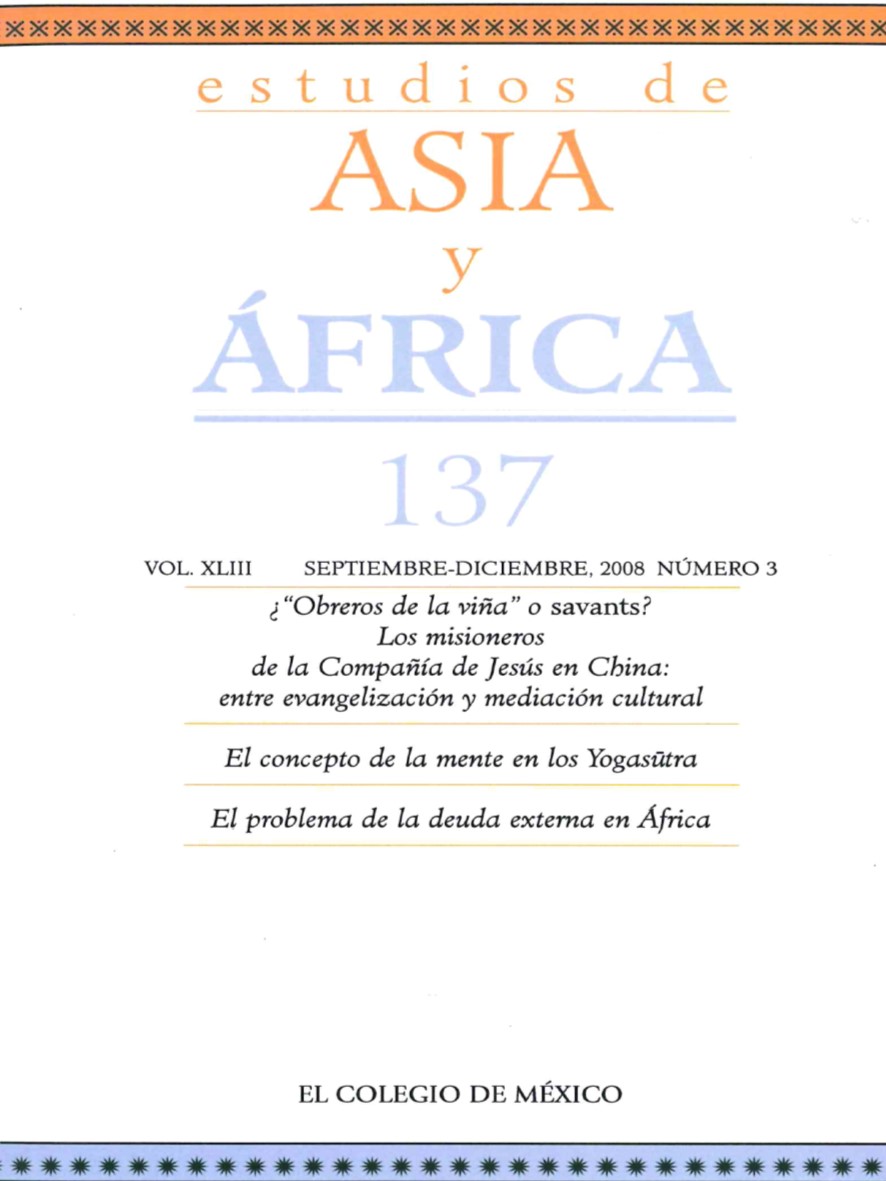Abstract
The paper deals with the problem of the mind from the point of view of the dualist tradition of the Samkhya-Yoga. After distinguishing mind from consciousness, the Samkhya-Yoga proposes a complex theory of the mind where the thinking stuff is understood as a material entity and all mental phenomena, including knowledge and emotions, are described as subtle operations of matter. Yet the Samkhya-Yoga avoids both the pitfalls of materialism and idealism by leaving room for a non-material entity, a contentless witnessing consciousness that shines, illuminates and knows the world but remains beyond the contingency of matter.
The paper claims that the Samkhya-Yoga position is close to the neodualist position maintained by philosophers like David Chalmers, who explain the functional aspects of mind in terms of materialism, but do not reduce the conscious experience to a material explanation.
According to Chalmers explaining consciousness entails two different types of problems: the easy ones that can be explained in terms of materialism and the difficult ones that try to explain why and how the conscious experience takes place at all.
The paper shows how the Samkhya-Yoga deals with these two sets of problems. The functional aspects of the mind are easily explained by bringing in the material theory of the three guna, while the tricky problem of experience is explained as a constitutive relation between matter and consciousness. This relation is one of the most intricate problems of the Samkhya-Yoga. It has been considered in different ways as similitude, correlation, reflective knowledge or as the reflection of consciousness in the most refined form of matter: the mind.
This work is licensed under a Creative Commons Attribution-NonCommercial-NoDerivatives 4.0 International License
Copyright 2022 Estudios de Asia y África


